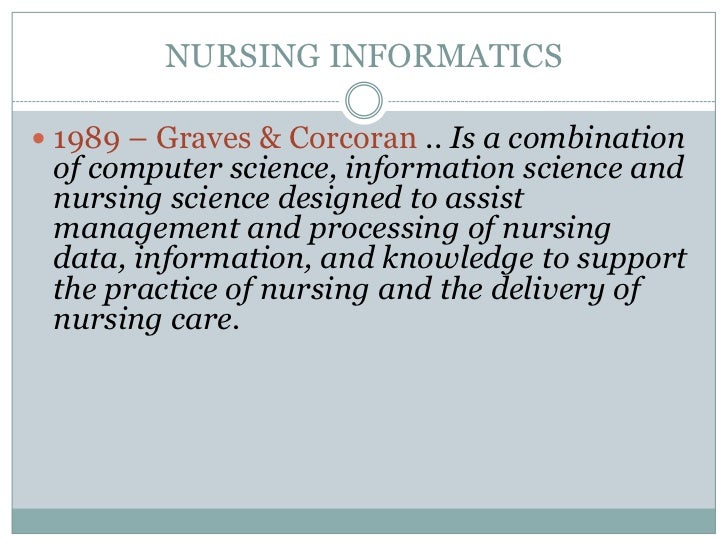Code of Ethics for Nurses With Interpretive Statements
American Nurses Association. Silver Spring, MD: Nursebooks.org; 2015. Paperback; 60 pages. ISBN-10: 1558105999
- Linda Bell, RN, MSN
-
Linda Bell is a clinical practice specialist at the American Association of Critical-Care Nurses in Aliso Viejo, California.
Ethics has been an integral part of nursing since the early beginnings of our profession. The first nursing code of ethics, A Code for Professional Nurses, was formally adopted by the American Nurses Association (ANA) in 1950. Much has changed in the health care environment since then, but the responsibility of nurses to act in an ethical manner has not.
This 2015 edition is a revision of the 2001 Code of Ethics for Nurses With Interpretive Statements. The purpose of this update was to review and incorporate any changes in health care and clinical practice. A steering committee was convened for the revision, representing various nursing roles, practice settings, and geographical areas across the United States. ANA has been working on this update for 4 years, starting with an online public survey leading to the first revision, which was then posted for public comment. All of these comments were considered when completing the revision.
The Code of Ethics for Nurses With Interpretive Statements still has 9 provisions articulating the fundamental values and commitments of nurses, boundaries of duty and loyalty, and duties of nursing beyond individual patient interactions. The Interpretive Statements are still included to provide context and guidance for practice within an ever-changing health care environment.
Important changes are included in this revision. First is the addition of a glossary to ensure that all readers have a common understanding of the terminology used in the book. Also, an introduction helps to orient the reader to the content and purpose of the document as well as to the rationale for wording decisions such as the continued use of “patient” rather than the term “client.” Finally, the online version includes links to seminal documents that support the role of ethics within the practice of nursing.
The Code of Ethics for Nurses With Interpretive Statements should be a part of every nurse’s library. This document helps us frame our practice when answering the confusing ethical questions that arise in everyday practice, no matter what the role in nursing or health care. It is the accountability of all nurses to incorporate these provisions and maintain the trust that our patients and society has placed in nursing.
- ©2015 American Association of Critical-Care Nurses
- http://ccn.aacnjournals.org/content/35/4/84.full



